 The latest installment of our series of roundup posts, covering some of our latest findings in the world of all things Ruby. These items wouldn’t make it in as separate posts, but they should be of enough interest to Rubyists generally to make it a worthwhile browse for most readers.
The latest installment of our series of roundup posts, covering some of our latest findings in the world of all things Ruby. These items wouldn’t make it in as separate posts, but they should be of enough interest to Rubyists generally to make it a worthwhile browse for most readers.
Camping 2.0 Released
Back “in the day”, a gentleman and scholar called Why The Lucky Stiff built a teeny, tiny webapp framework called Camping. It was like an extremely light mix of Rails and Sinatra, except that Sinatra didn’t even exist at the time. In late 2009, Why went missing and still hasn’t reappeared, but Magnus Holm picked up the torch and has released Camping 2.0. Read More

 Three years after Microsoft first announced it was dipping a toe into the Ruby implementation waters,
Three years after Microsoft first announced it was dipping a toe into the Ruby implementation waters, 
 Hot on the heels of
Hot on the heels of 
 In November 2007, we
In November 2007, we 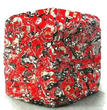

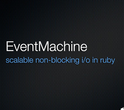
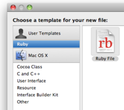 Want to develop a Mac OS X app without getting waist deep in Objective C?
Want to develop a Mac OS X app without getting waist deep in Objective C? 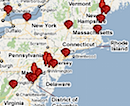
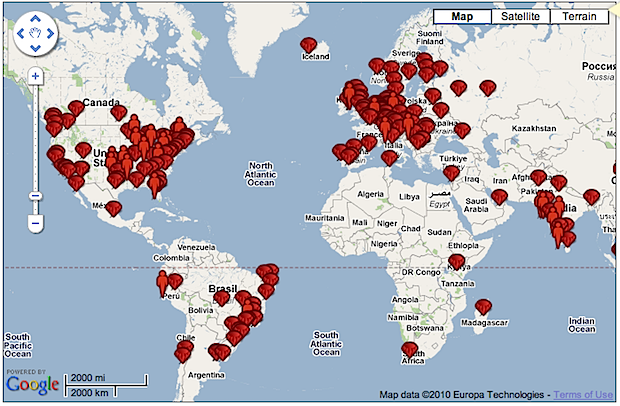


 Robert Klemme walks through
Robert Klemme walks through 